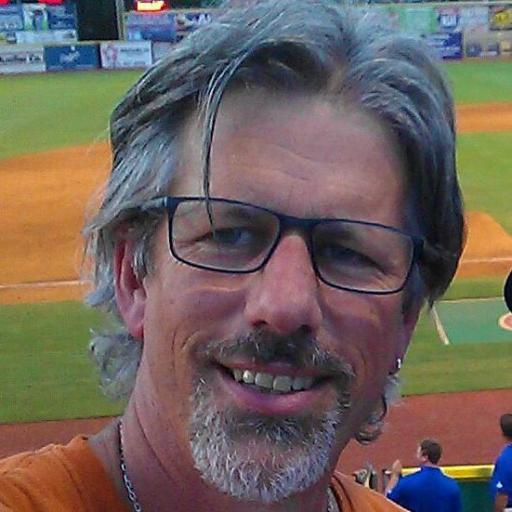
State or Province:
country:
United Stateswhat are your gifts and talents?:
why do you want to join abcd in action?:
Asset Mapping Steps
The post title is intriguing, isn't it? Step by step instructions to follow and, whallah!, you have an asset map.
OK, that's a little, no, a lot, oversimplified.
For years I have been asked for 'the steps to creating an asset map." I resisted. One of the great values of ABCD is that it starts and ends with the local context. A neighborhood. A town, A group of people joined by their shared experience with the labels they share, or their faith, or their employment in the same organization. So it seems a little disrespectful to the local contexts to presume I, or anyone, knows what steps are best in that context.
That said, I have noticed over the years that there are some common steps that work for most groups. Mike Green and Henry Moore provided some ideas and direction in their amazing book,When People Care Enough to Act and on Mike's website. Americorpsin the USA, Sustainable Communities Northeast Initiative (SCNEI)in England, and other large networks that have to train lots of people on ABCD have attempted to simplify the asset mapping process into steps. They have done a great job of capturing the essential steps to creating and using an asset map.
Habitat for Humanity International recently asked me to create a 1-2 page document of "steps" for their National Affiliate Conference. I tried to take the best from a variety of resources and createdOne Way to Create an Asset Map in Your Community.
It's not fancy and certainly proves my simplistic graphics skills. But, it is a start on steps. The key to using this or any other asset mapping tool is to remember that the map is a means, not an end. In ABCD it is a community organizing guide, not resource directory. Asset maps should be used to create relationships and connect assets so a community can strengthen itself and realize its potential.
Asset maps should be done by a group or team, not an individual. The act of creating the asset map as a group will create a stronger team and reveal unforeseen opportunities.
Asset maps should be fun to create. If your are not having fun creating your asset map, you are doing it wrong.
Finally, remember, an asset map can be the first step to creating social change. Prepare to be amazed.

These are some great points Ron. I have run into the same type of request - people wanting some sort of clean and easy process. I think it's also important to remember that asset maps are not static snapshots. Assets are constantly atrophying from lack of use; being created every time a resident meets someone new for the first time; being recognized by friends who see what you just take for granted, and so on. For me starting to act on the assets early on is a critical part of mapping. It is a formative process, not a deliverable.
Ron, great post. Asset mapping is a process to build connections and relationship, not a data collection process. I highlight the three steps as Discover, Ask and Connect. Discover the gifts and passions of residents in a neighborhood by having conversations, Ask people to share their gifts and the most powerful thing we can do it Connect people with the same passions to act collectively.
Now I must admit I have developed anAsset Mapping Toolkit. But as you have said, it needs to be done by a group of residents in a neighborhood, not by people from the outside.
Thanks again for the post.
Dan Duncan
www.hddabcd.org